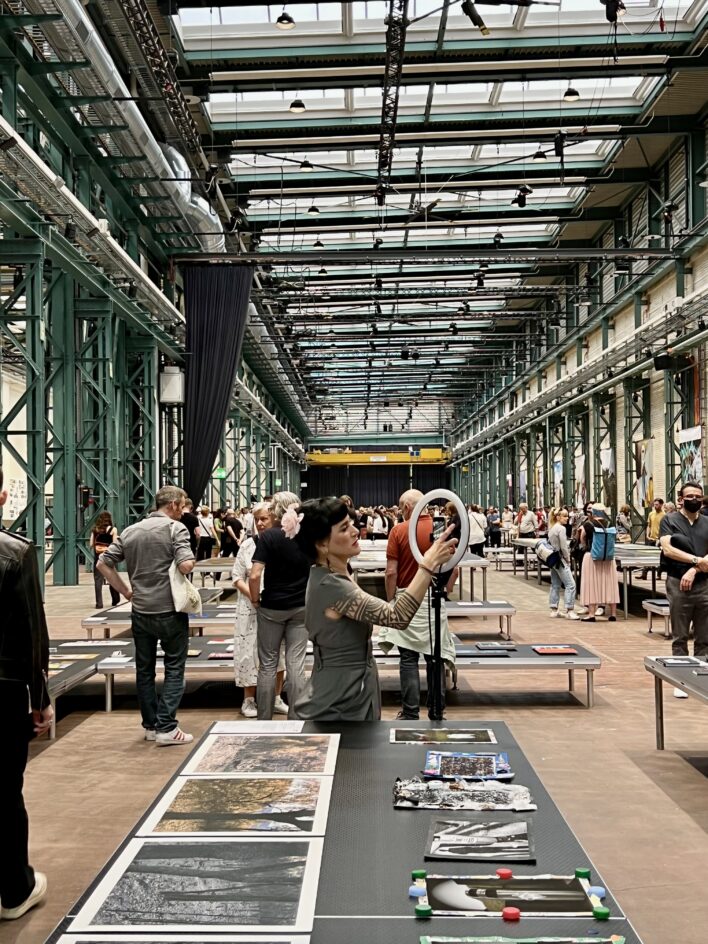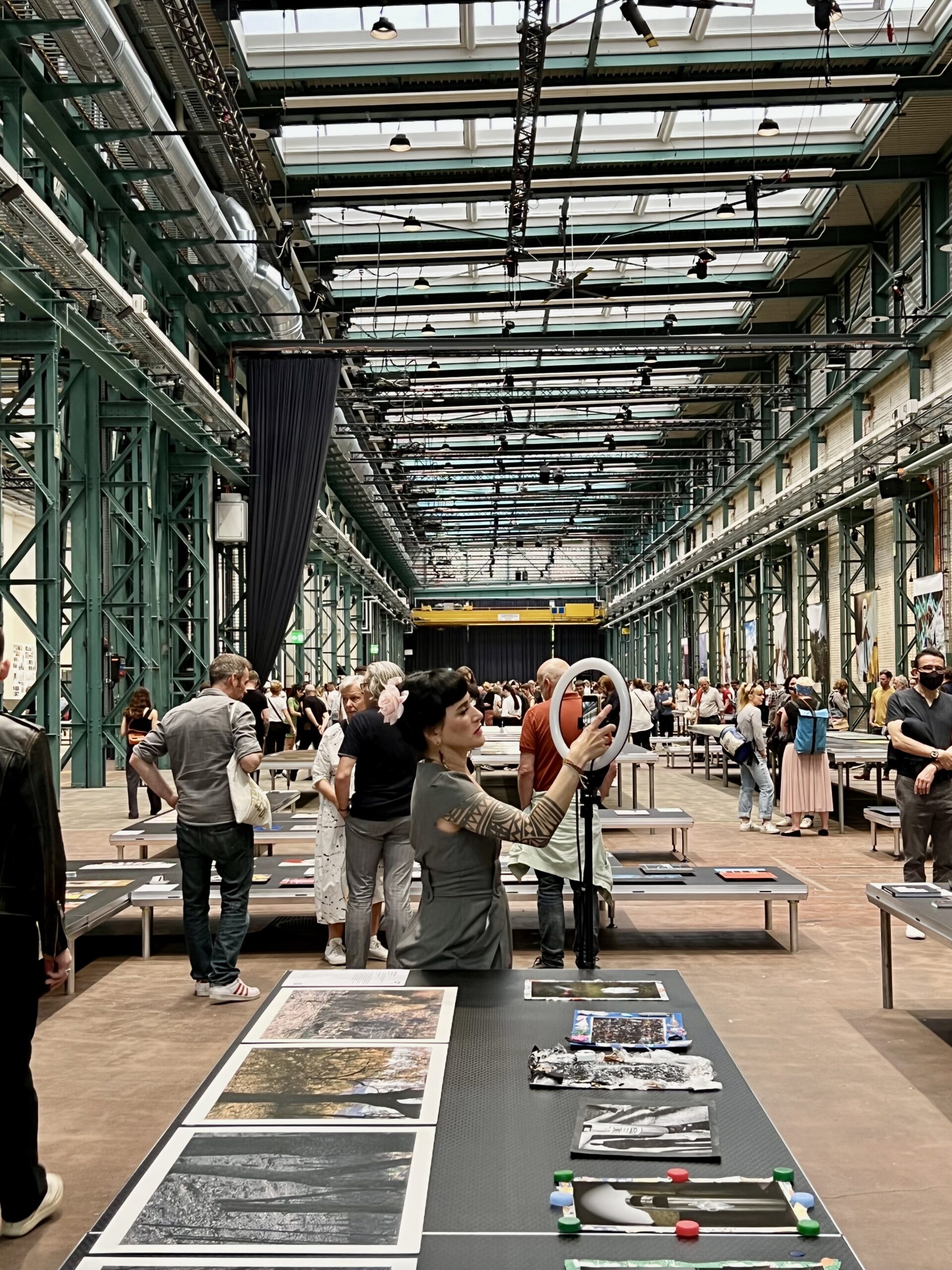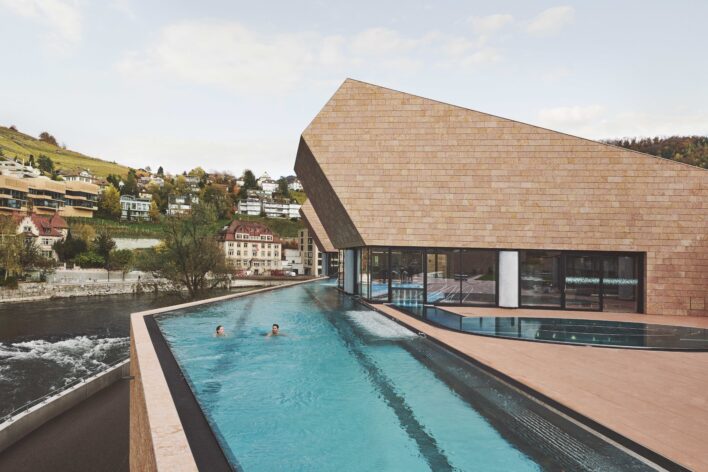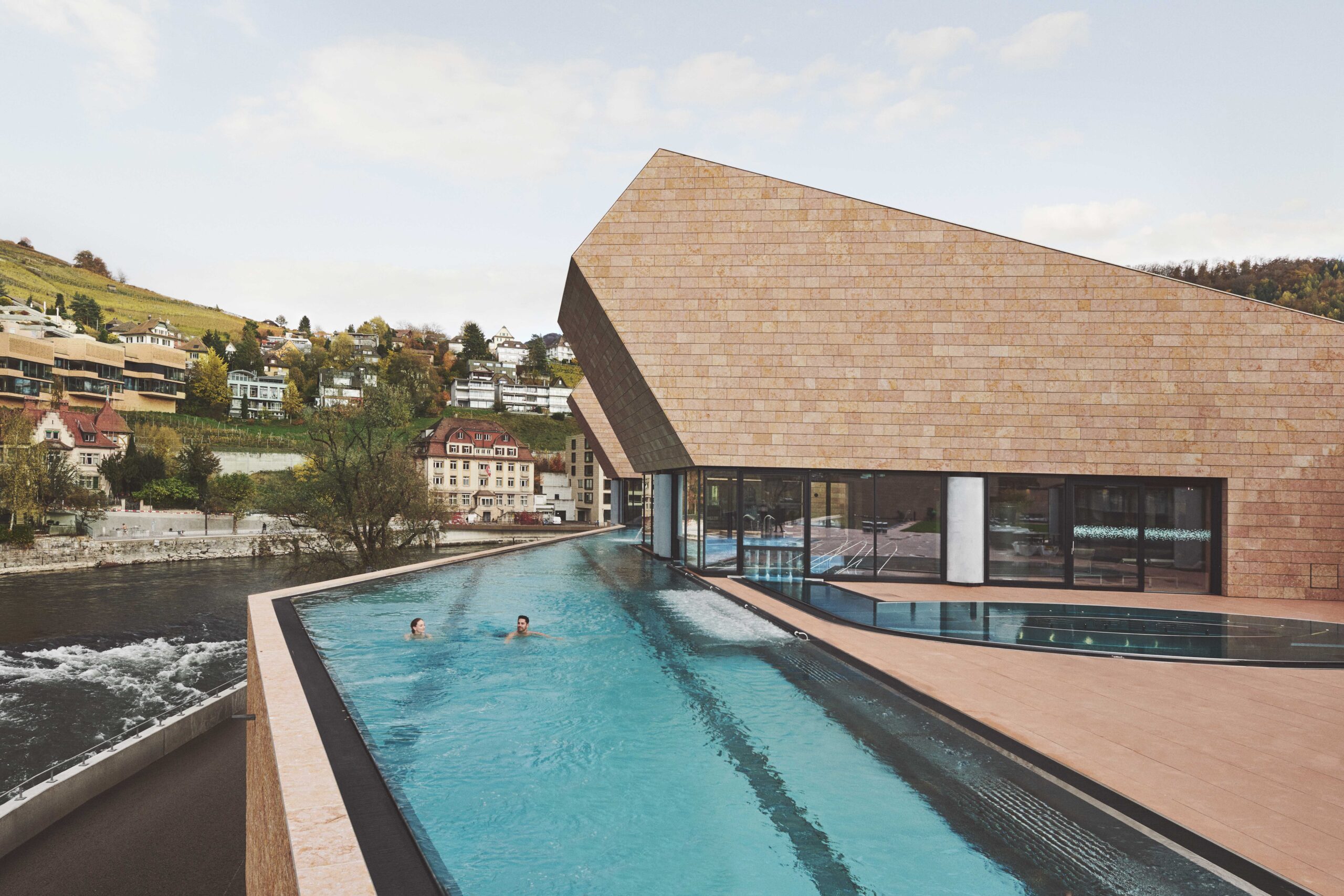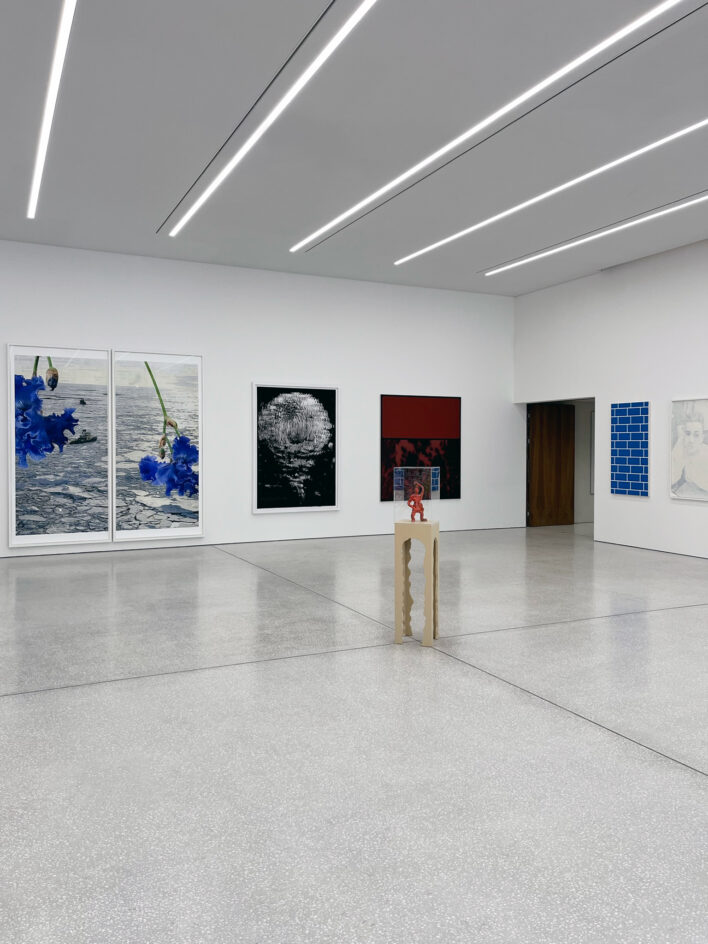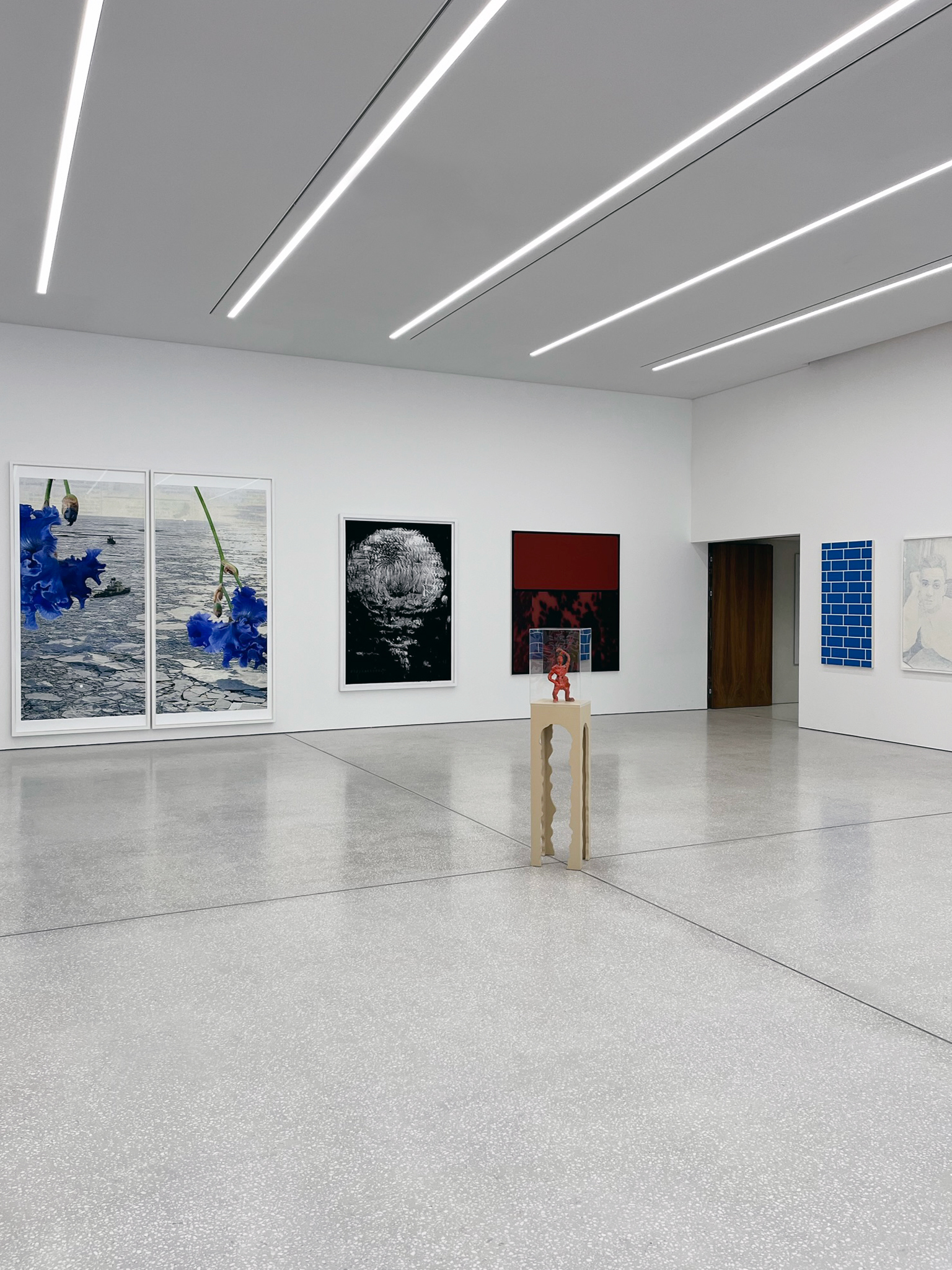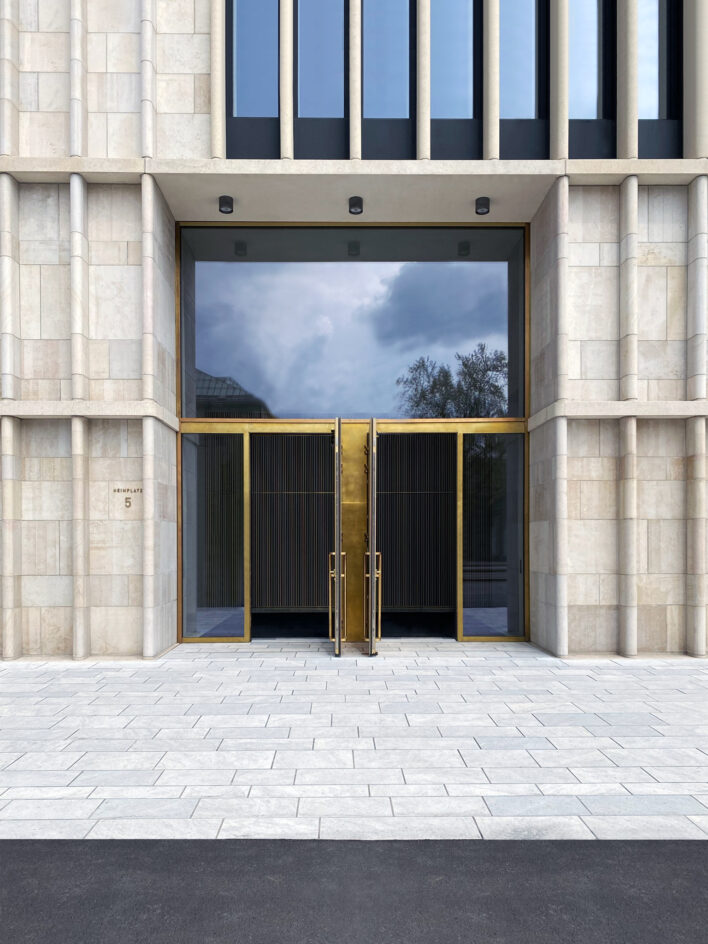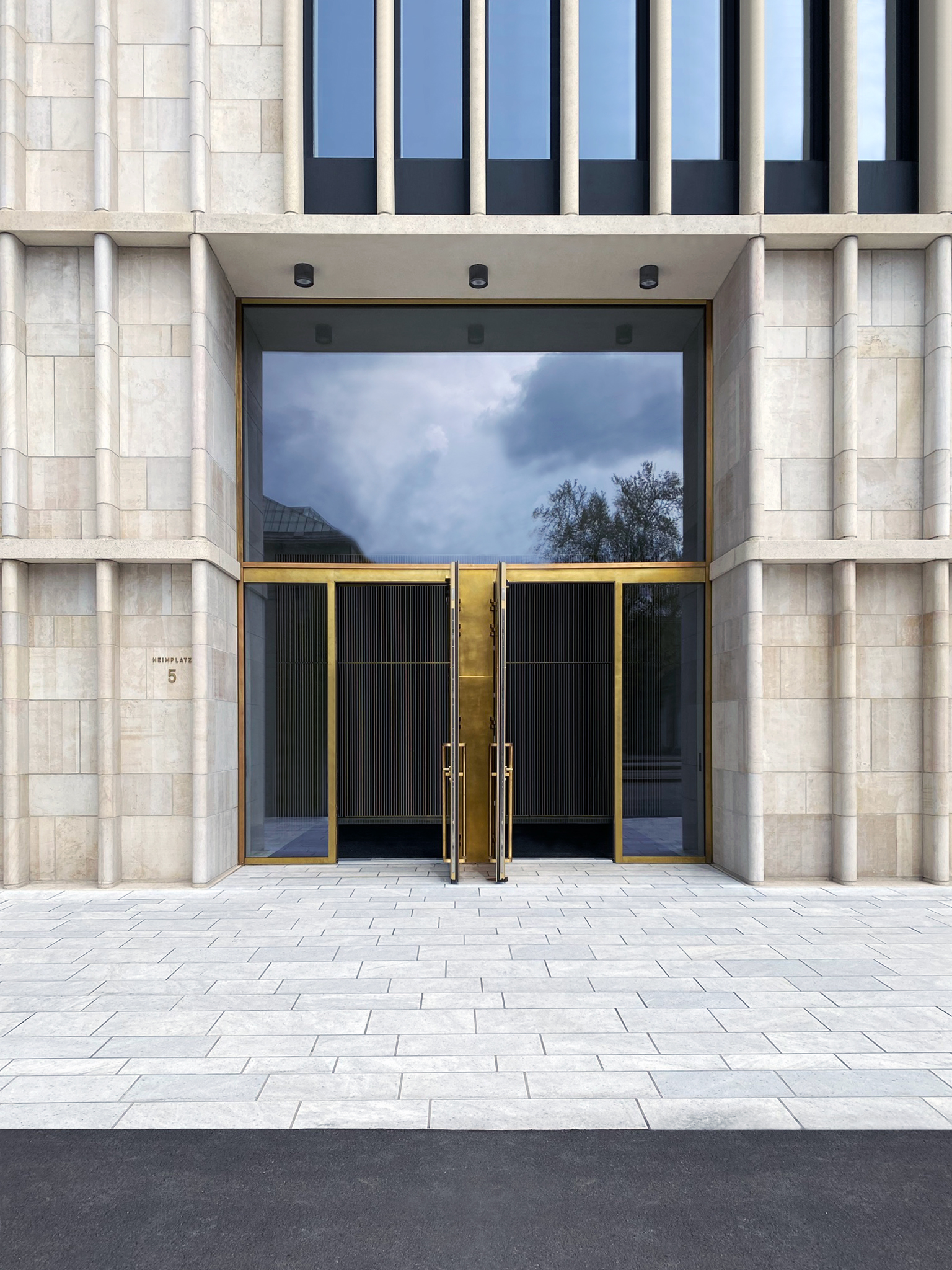Seefeld is one of the most beautiful neighborhoods of Zurich due to its exclusive lakeside location, gourmet restaurants, private properties. It also lays the foundations for the Pavillon Le Corbusier.
Considered an architectural masterpiece, Le Corbusier’s “Gesamtkunstwek” is the last building designed by the famous French-Swiss architect.
Made principally of steel and glass, the visionary Heidi Weber financed the building. She invested all her goods in realising this ambitious project and oversaw its completion in 1967, two years after Le Corbusier had passed away. The pavilion was initially named the “Centre Le Corbusier – Heidi Weber Museum”.
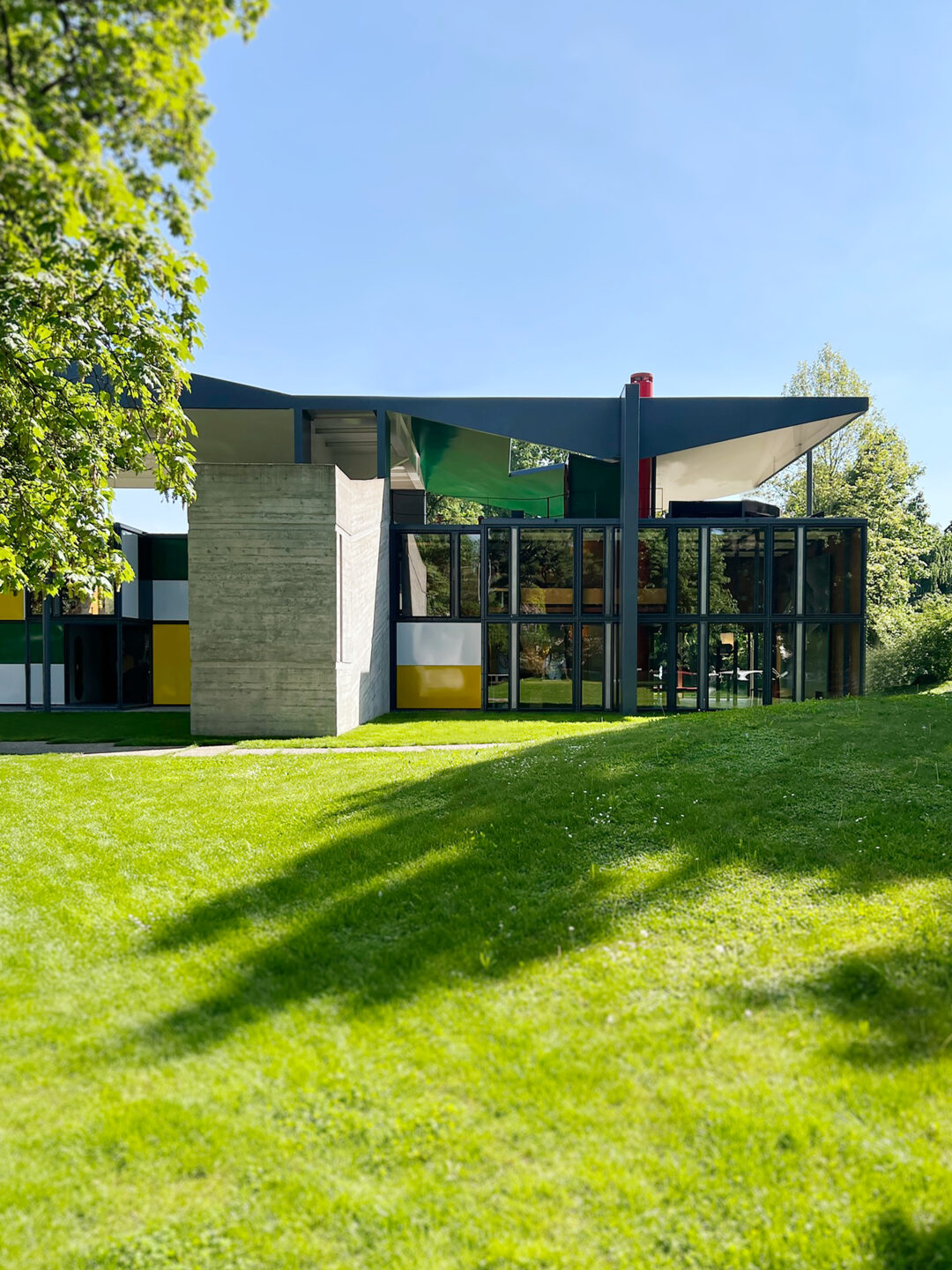
Interior architect and owner of Zurich Galerie Mezzanine Heidi Weber met Le Corbusier under the pseudonym of Charles-Édouard Jeanneret-Gris. The talented architect Eileen Grey soon became his “Great Ambassador”, creating an exclusive location dedicated to synthesising his work.
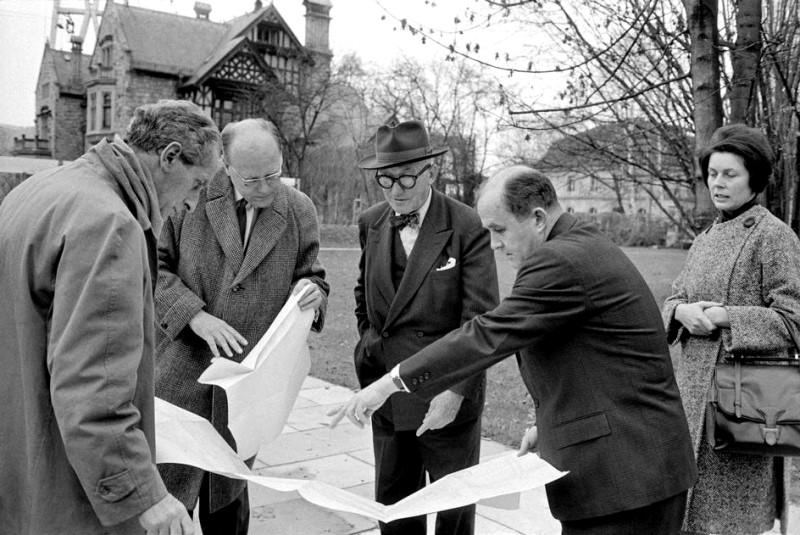
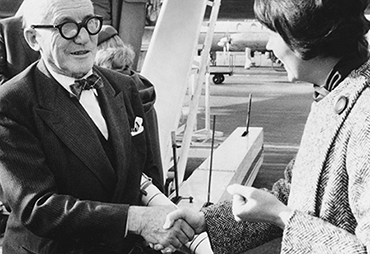
Weber’s merit in documenting the genesis of Le Corbusier’s work is fascinating! In addition to collecting his paintings, she supported him in manufacturing and selling his furniture, wood sculptures, tapestries, and lithography work. The challenge was even more significant, as she was the first woman in Switzerland to realise and direct a private museum in the 1960s.
She remained the museum’s director and curator for fifty years, hosting numerous exhibitions devoted to diffusing Le Corbusier’s talent and vision to a broad audience.
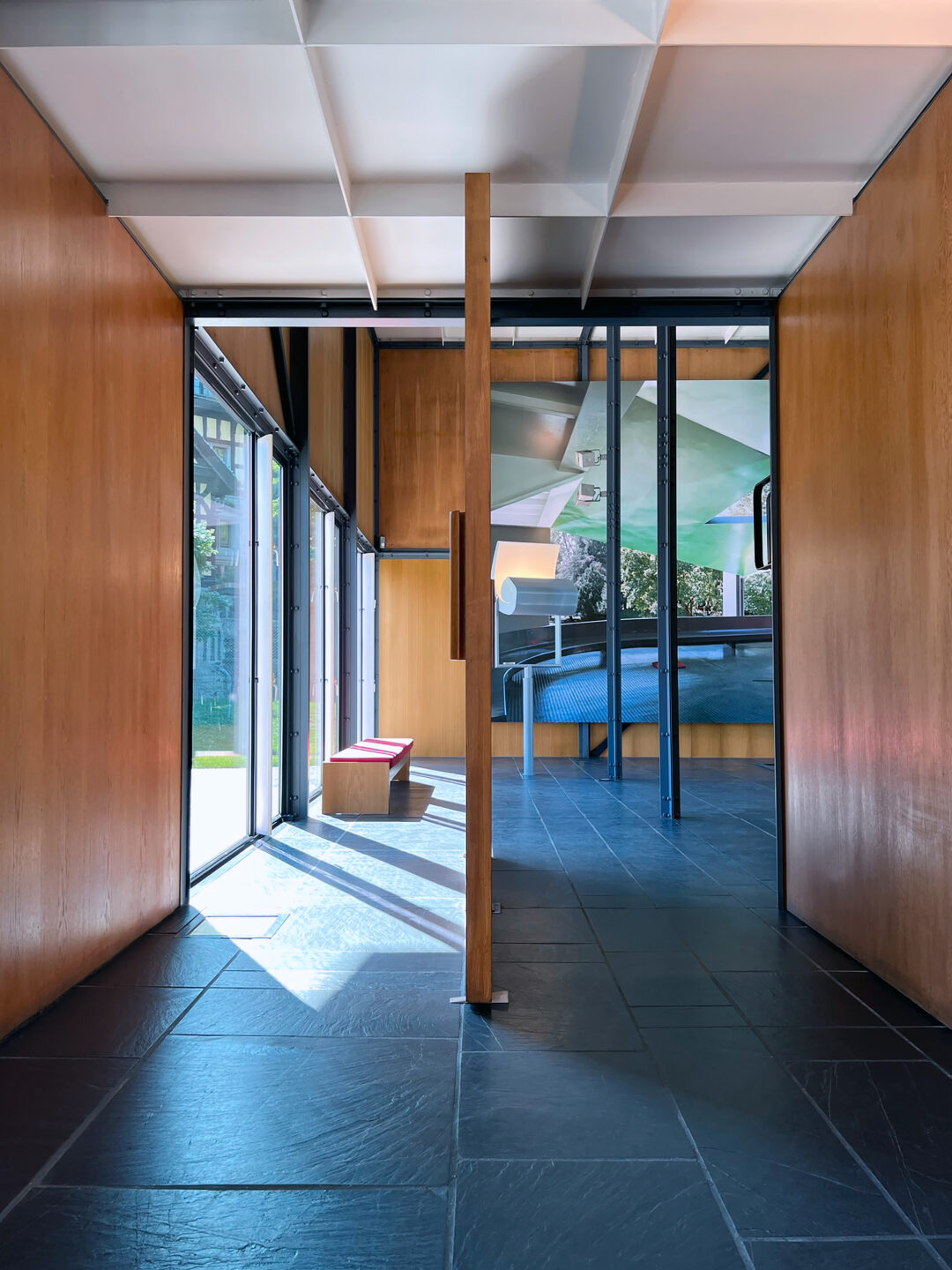
In 2014, the Pavillon came under the administration of the City of Zurich, which commissioned the architects Silvio Schmid and Arthur Rüegg to undertake the restoration, investing 5.4 million Swiss Francs to bring it back to its original condition.
Since 2019, the architectural landmark has been managed by the Museum für Gestaltung on behalf of the City of Zürich. It offers visitors an “architectural promenade”, an incredible heritage and an ingenious tourist magnet for Switzerland.
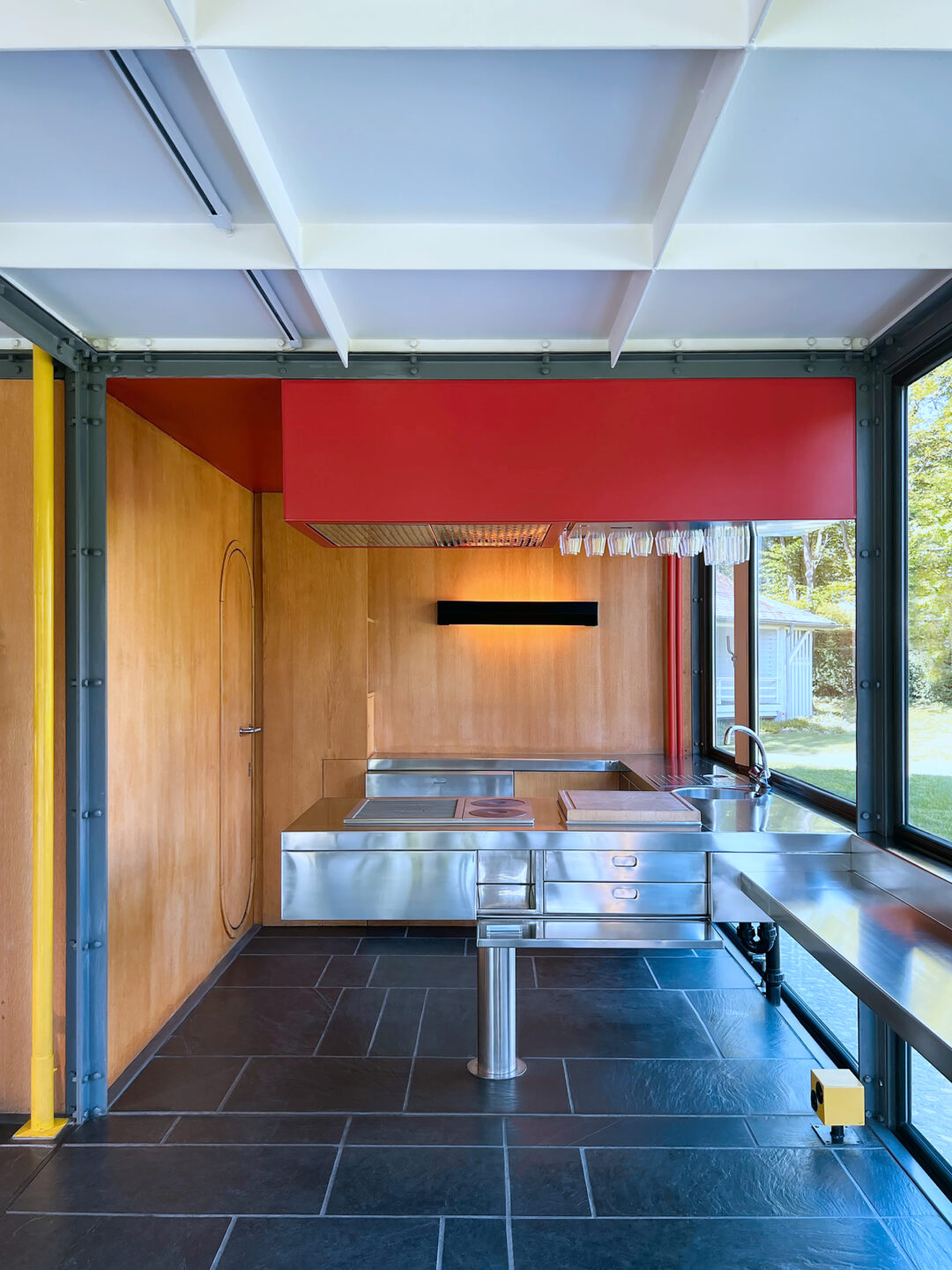
Le Corbusier’s original intention was to build the pavilion entirely in concrete. However, Weber convinced him to construct it mainly from glass and steel, materials she thought would be more modern and for which it has become iconic.
Situated on the ground floor, the inox and wood kitchen overlooks the beautiful landscape leading to Lake Zurich. The elements were designed according to the Modernist’s famous Modulor system, a scale of proportions created to align the elements of architecture to the proportions of the human body.
The freestanding concrete staircase with a metal handrail can be considered a sculptural masterpiece, leading the journey from the basement to the rooftop.
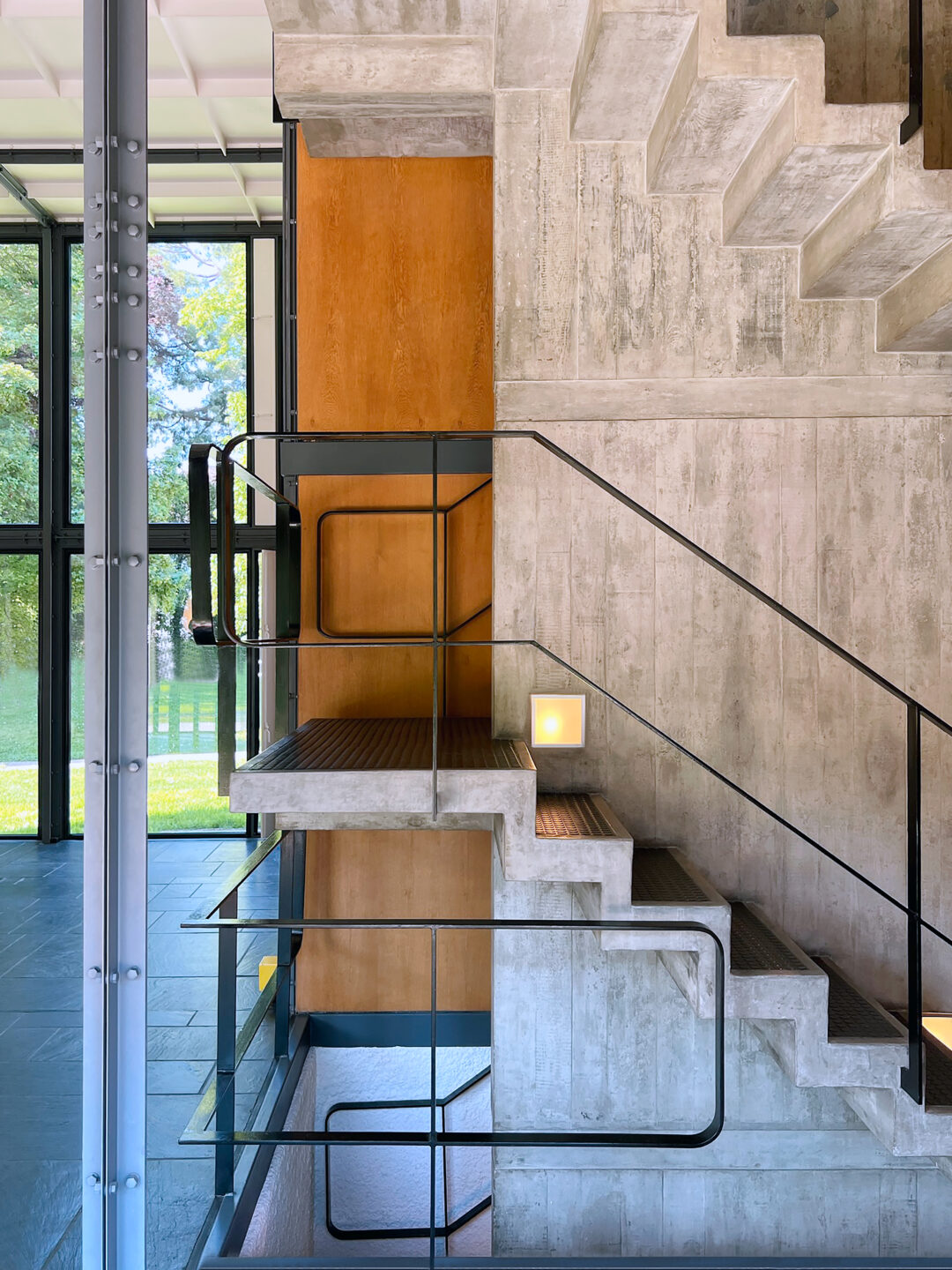
Le Corbusier’s iconic furniture pieces are exposed throughout the Pavillon, such as the LC4 Chaise Longue, designed by Charlotte Perriand and Pierre Jeanneret. A bold selection of works from the architect, including paintings, ceramics, and sculptures, represent the diversity of his talent and passion.
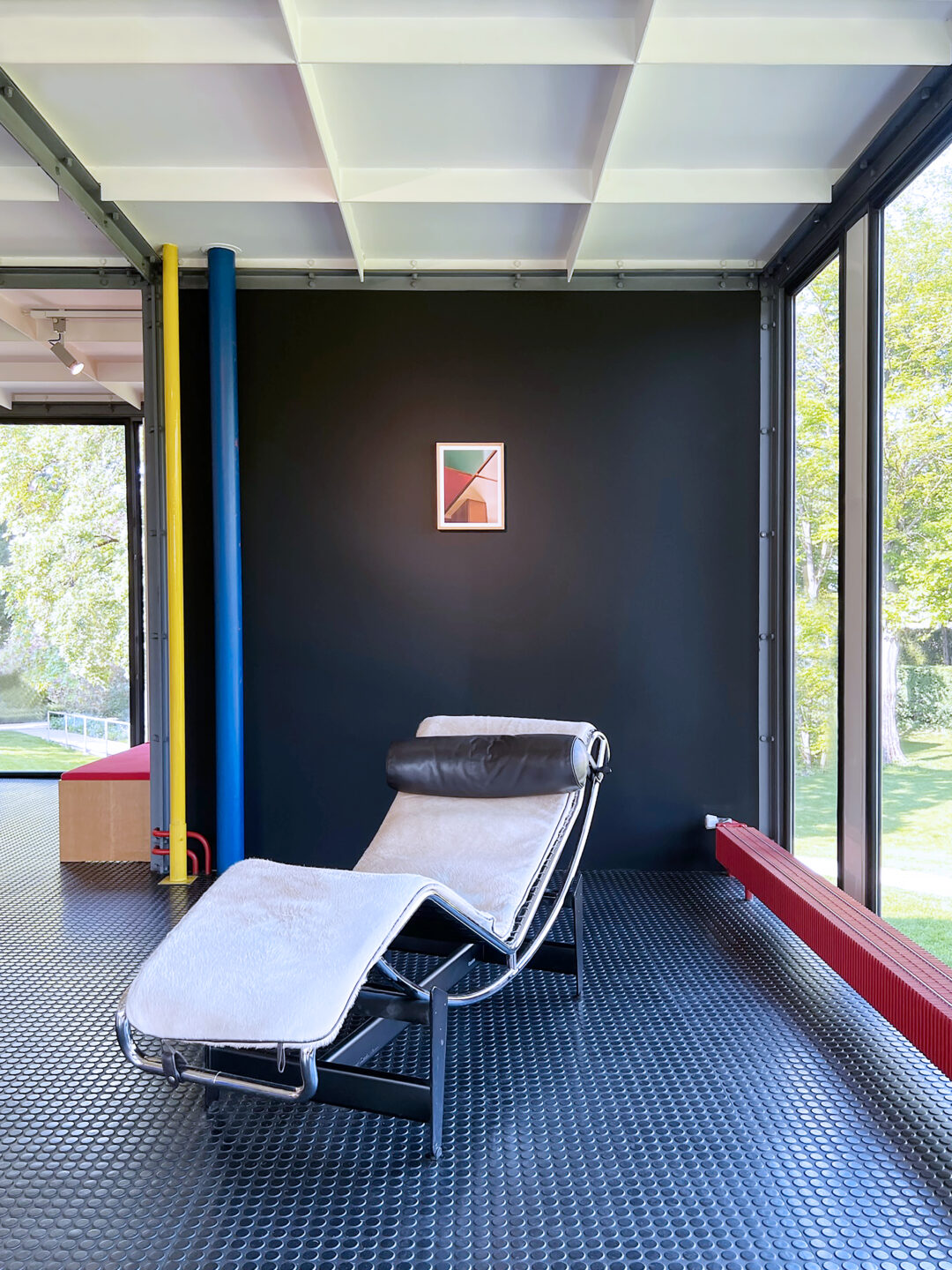
A concrete slope promenade leads to the building’s roof terrace, which is covered by a floating canopy and offers an enchanting view of the lake.
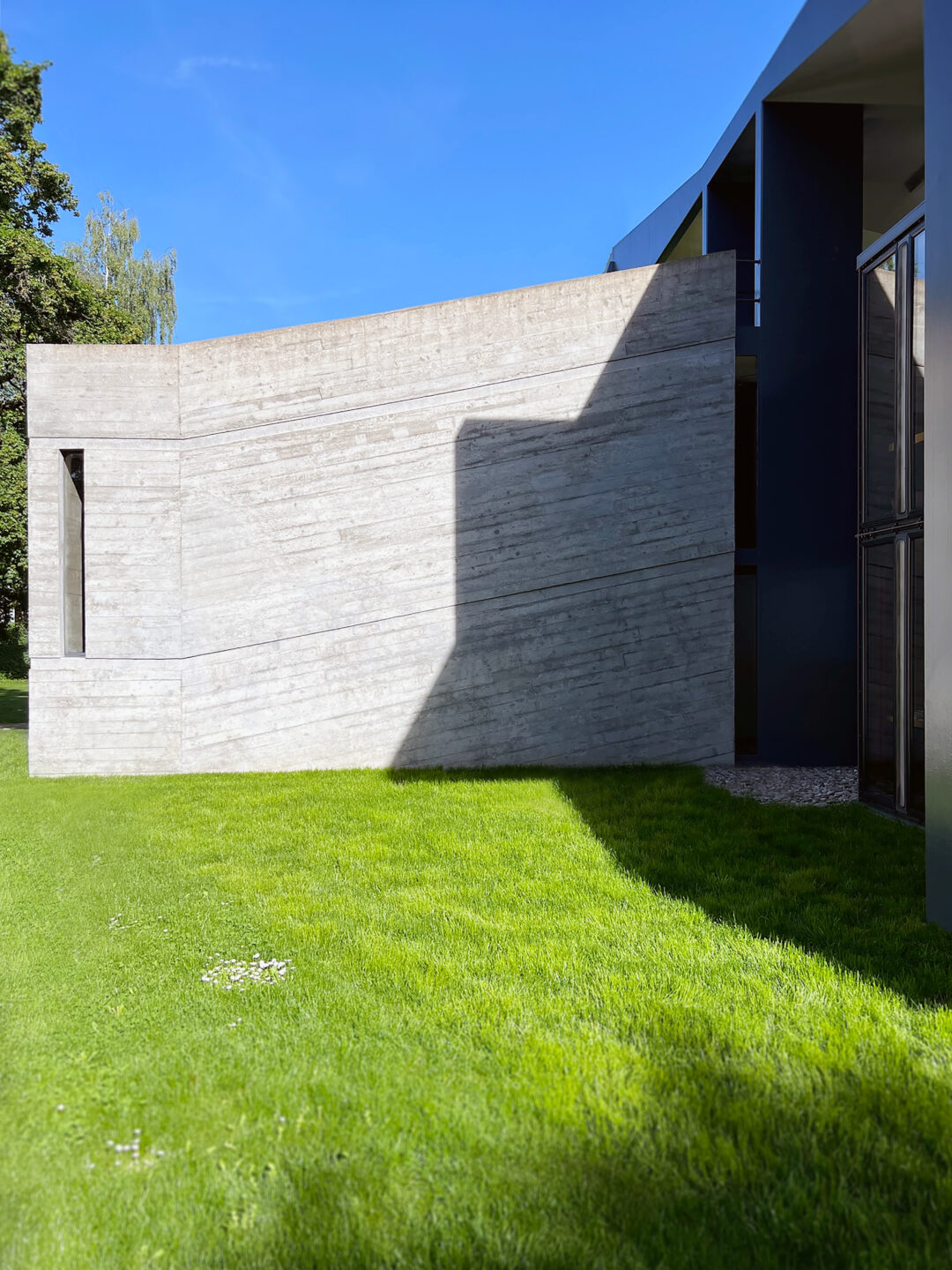
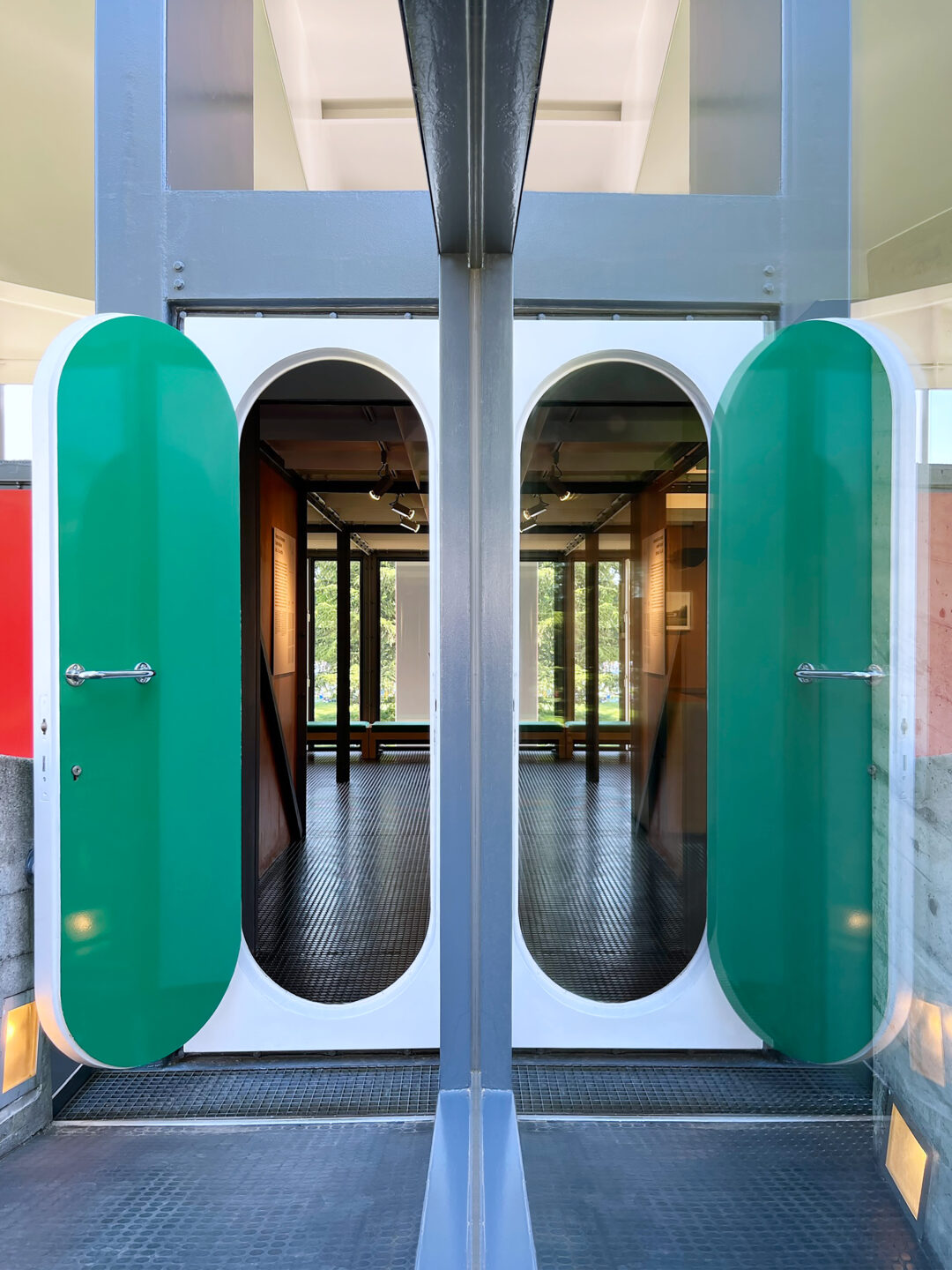
Following the path of Weber, the latest exhibition, “Architecture Icons Revisited”, curated by the new Director Simon Marius Zehnder, invites visitors to discover Le Corbusier’s architecture from new perspectives.
Seven contemporary photographers were commissioned to approach some critical works by Le Corbusier from every phase of his career in France and Switzerland.
These personal photographic portraits of the iconic buildings are spread over the various floors of the Pavillon. Among them is the Villa “Le Lac” in Corseaux, Switzerland and the chapel, Notre-Dame-du-Haut, in Ronchamp, France.
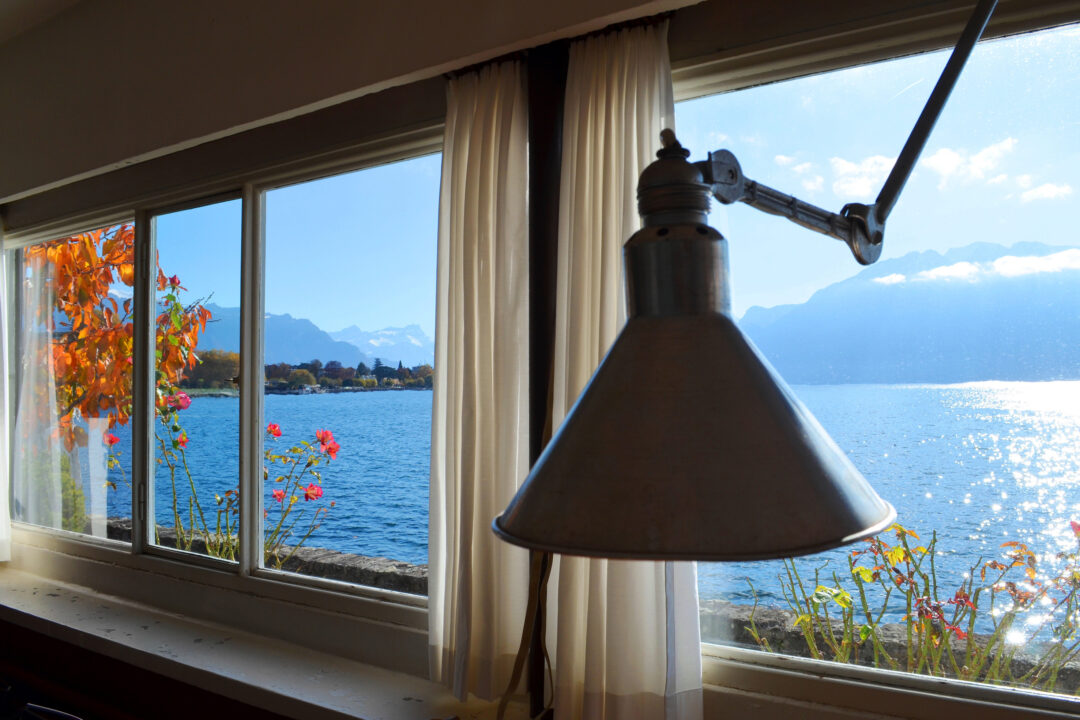
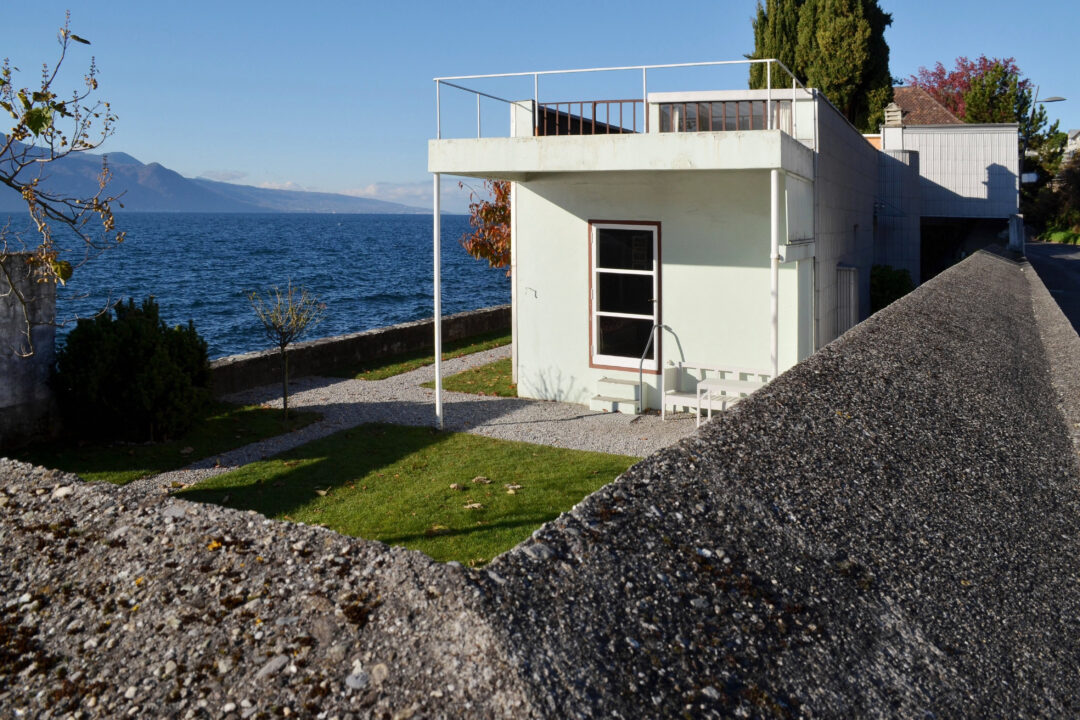
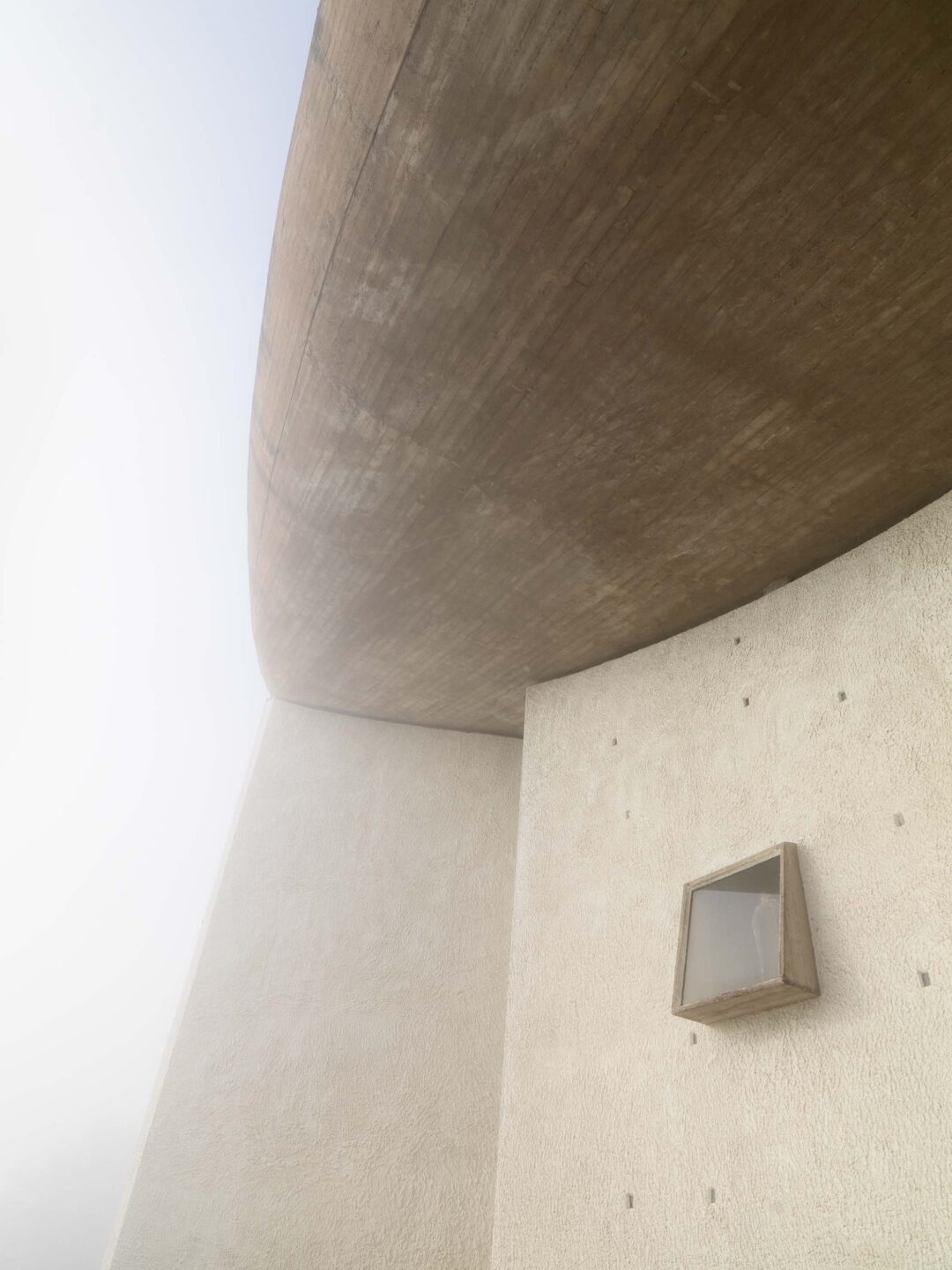
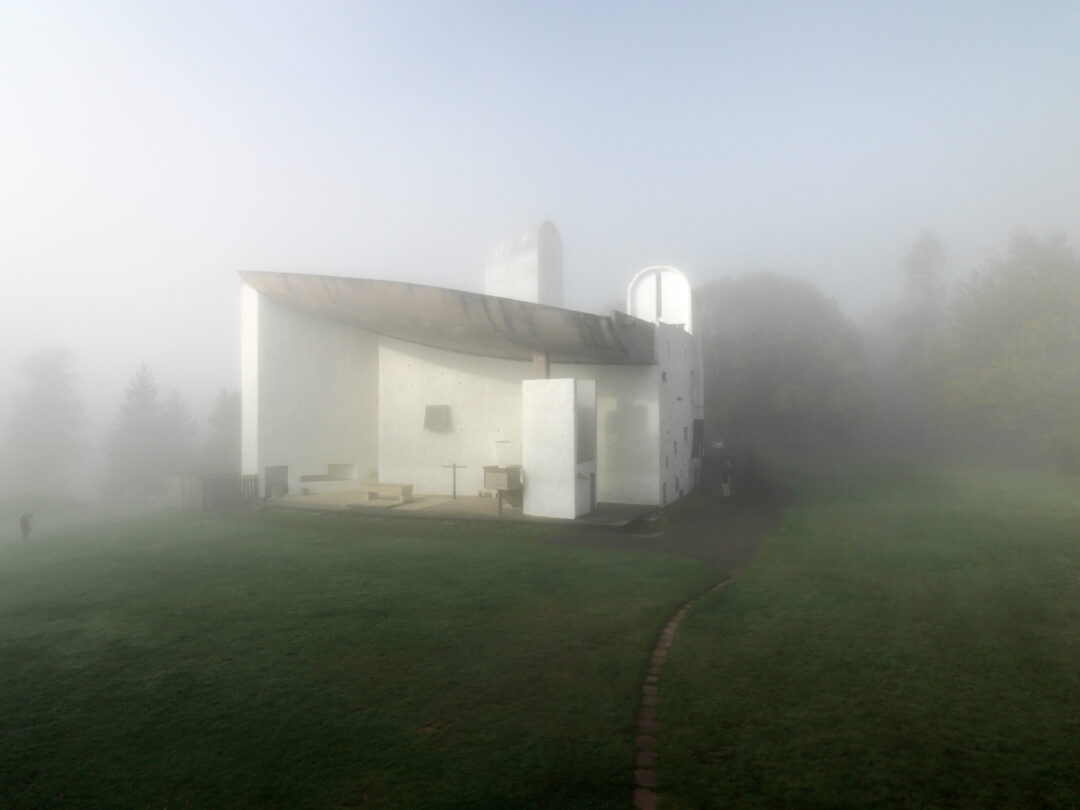
Photos by Maureen Bouygues
Exhibition “Architecture Icons Revisited”
9 April – 27 November 2022
Pavillon Le Corbusier, Höschgasse 8, 8008 Zürich

